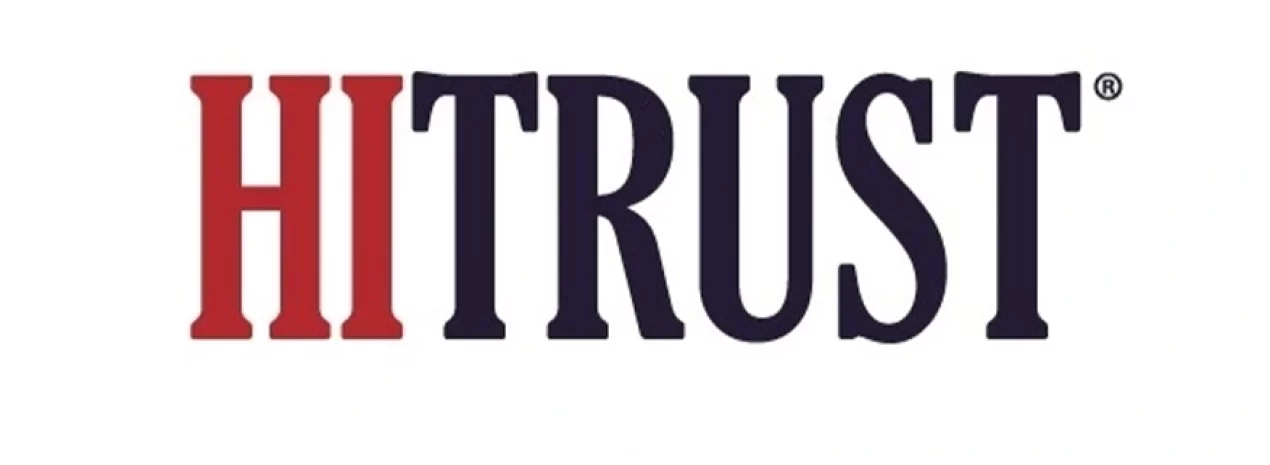
HITRUST: A Comprehensive Framework for Managing Risk
HITRUST is a comprehensive framework for managing risk in the healthcare and financial services industries. It provides a set of standards and best practices that organizations can use to protect their data and systems.
HITRUST is a voluntary framework, but it has become a de facto standard for many organizations in the healthcare and financial services industries. This is because HITRUST certification can help to improve an organization’s security posture, win new business, and demonstrate its commitment to data security.
The Benefits of HITRUST Certification
There are many benefits to HITRUST certification, including:
- Improved security posture: HITRUST provides a comprehensive set of controls and best practices that can help to improve an organization’s security posture.
- Increased customer trust: HITRUST certification can help to build trust with customers and partners.
- Enhanced competitive advantage: HITRUST certification can give organizations a competitive advantage in the marketplace.
- Reduced risk: HITRUST certification can help to reduce the risk of data breaches and other security incidents.
- Improved regulatory compliance: HITRUST can help organizations to comply with a variety of regulatory requirements, such as HIPAA, PCI DSS, and SOX.
The Steps Involved in Implementing HITRUST
Implementing HITRUST can be a complex process, but it is possible with the right planning and resources. Here are the steps involved:
- Assess your current security posture. This will help you to identify any gaps in your security program.
- Develop a roadmap for HITRUST implementation. This roadmap should outline the steps you will need to take to achieve HITRUST certification.
- Implement the HITRUST controls. This will involve making changes to your policies, procedures, and technologies.
- Conduct a gap assessment. This will help you to identify any remaining gaps in your security program.
- Remediate any gaps. This will involve making further changes to your policies, procedures, and technologies.
- Submit your assessment for review. This will be done by an independent assessor.
- Achieve HITRUST certification. Once your assessment has been approved, you will be awarded HITRUST certification.
The Challenges of Implementing HITRUST
There are a number of challenges involved in implementing HITRUST, including:
- The complexity of the framework: HITRUST is a comprehensive framework with many different controls and requirements.
- The time and effort required: Implementing HITRUST can be a time-consuming and resource-intensive process.
- The cost of certification: HITRUST certification can be expensive.
- The need for specialized expertise: Implementing HITRUST requires specialized expertise in security, risk management, and compliance.
How to Overcome the Challenges of Implementing HITRUST
There are a number of things that organizations can do to overcome the challenges of implementing HITRUST. These include:
- Start early: The earlier you start, the more time you will have to plan and implement HITRUST.
- Get buy-in from leadership: It is important to get buy-in from leadership for HITRUST implementation. This will help to ensure that the project is successful.
- Hire a qualified HITRUST consultant: A HITRUST consultant can help you with the implementation process.
- Use a phased approach: You can implement HITRUST in phases, which will make the process more manageable.
- Leverage existing resources: You can leverage existing security and compliance programs to help with HITRUST implementation.
Conclusion
HITRUST is a comprehensive and effective framework for managing risk in the healthcare and financial services industries. It can help to improve your organization’s security posture, win new business, and demonstrate your commitment to data security.
Implementing HITRUST can be a challenging process, but it is possible with the right planning and resources. By following the steps outlined in this blog post, you can successfully implement HITRUST and achieve the benefits of certification.
Top Takeaways for Fintech and IT/ITES Organizations
- HITRUST is a comprehensive and effective framework for managing risk. It provides a set of standards and best practices that organizations can use to protect their data and systems.
- HITRUST certification can help to improve your organization’s security posture. It can also help you to win new business and demonstrate your commitment to data security.
- Implementing HITRUST can be a challenging process. It is important to have a clear plan and to be prepared for the time and effort required.
- There are a number of resources available to help you with HITRUST implementation. These include HITRUST’s website, online training courses, and consulting services.
Latest
Blogs
Whitepapers
Monthly Threat Brief
Customer Success Stories
 USA
USA India
India APAC
APAC Middle East
Middle East Global
Global






 Facebook
Facebook Linkedin
Linkedin  X
X Youtube
Youtube








